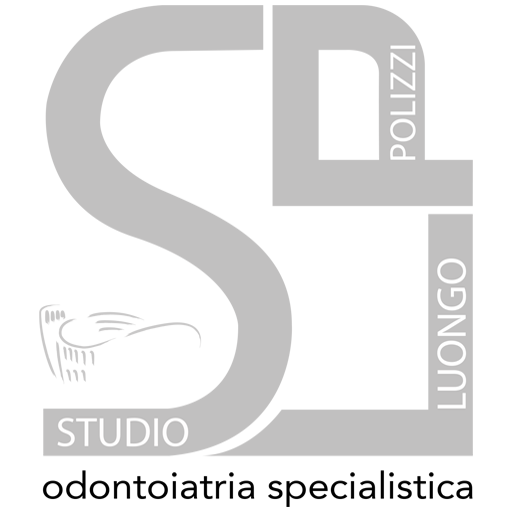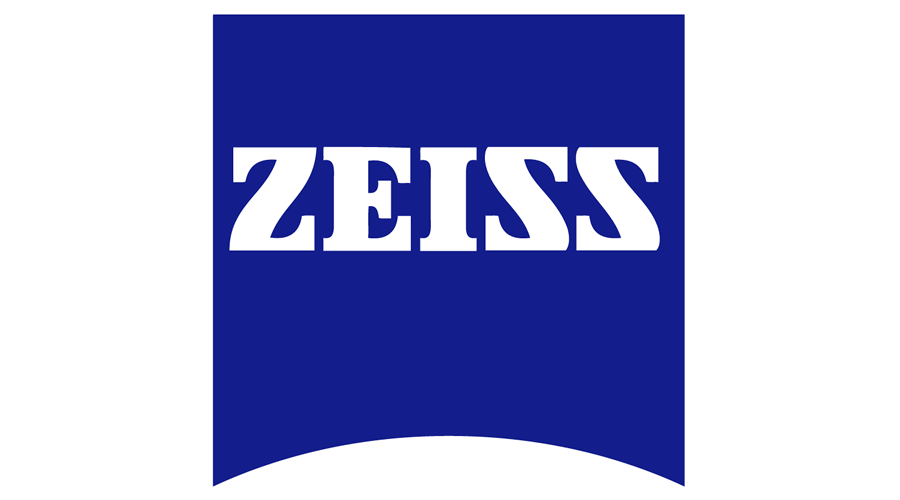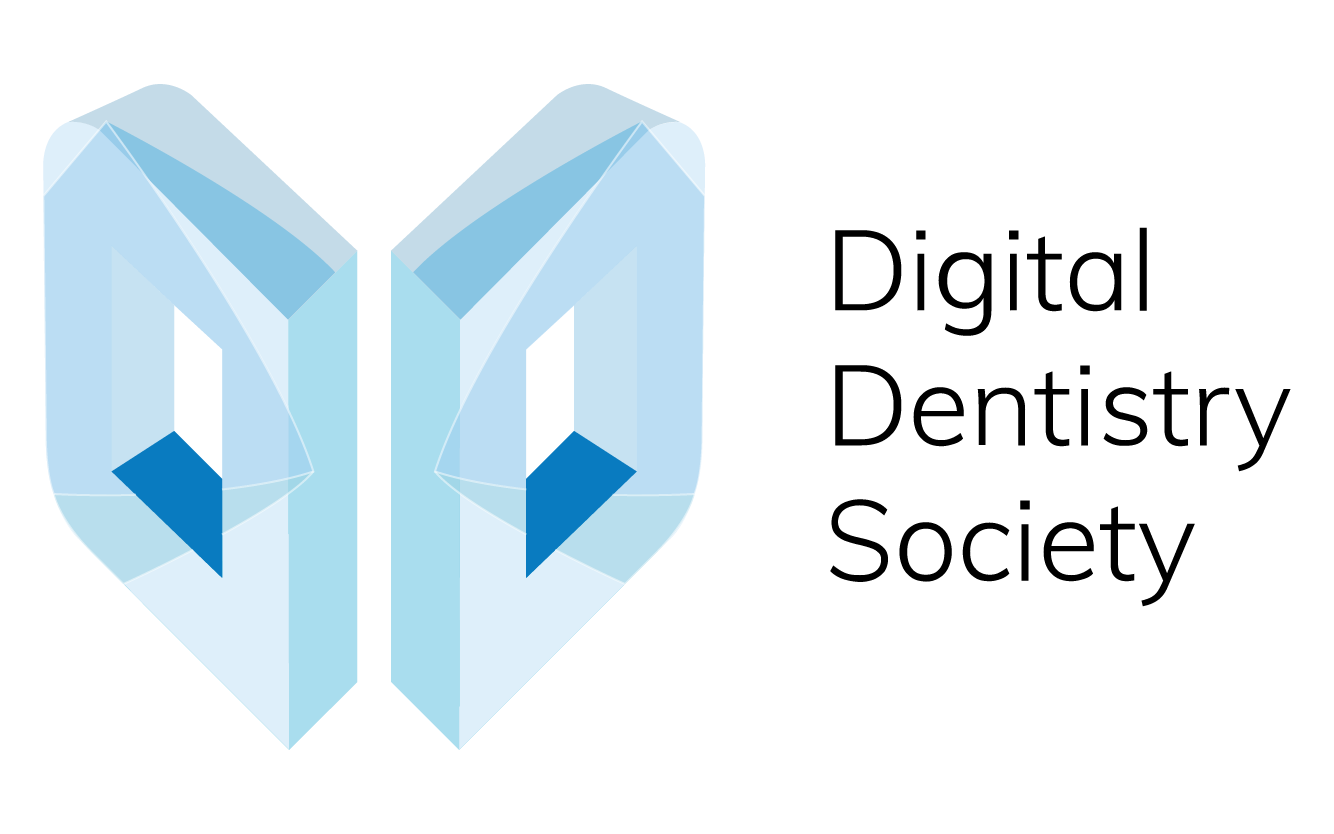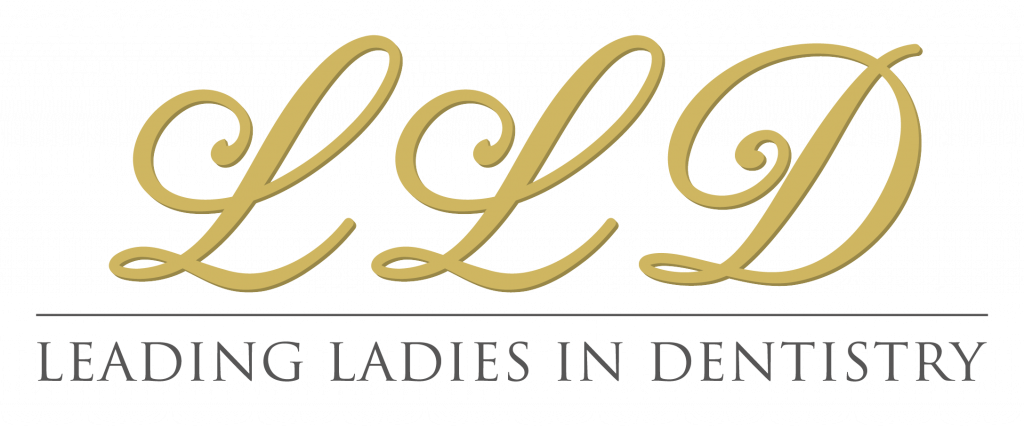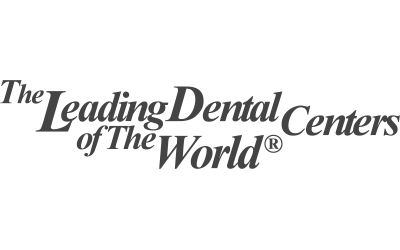3D printers are revolutionizing the field of dentistry, offering a range of significant benefits and applications.
Main Uses of 3D Printers in Dentistry:
- Creation of Dental Prosthetics: 3D printers enable the rapid and precise production of custom dental prosthetics, such as crowns, bridges, veneers, and dentures. This process is more efficient than traditional methods, reducing production time and improving the quality of the final product.
- Surgical Guides: 3D printers can be used to create custom surgical guides that assist dental surgeons during complex procedures, such as dental implant placement. These guides provide greater precision and safety in surgical interventions.
- Creation of Study Models and Prototypes: 3D printers allow the production of study models and dental prototypes for training, patient communication, and treatment planning. These models can be used to visualize complex dental anatomy and plan surgical procedures.
- Custom Orthodontics: 3D printers are used to create custom dental models for orthodontic treatment planning, the production of custom clear aligners, and other personalized orthodontic appliances. This approach allows for more precise and effective treatment.
- Production of Custom Prosthetics and Aids: 3D printers can be used to produce custom prosthetics and aids for patients who have undergone facial trauma or reconstructive surgery. These devices help restore function and aesthetics to the face.
Overall, the use of 3D printers in dentistry offers greater precision, customization, and efficiency in dental treatments, improving the patient experience and enabling professionals to provide high-quality dental care.
How Has the Introduction of 3D Printing Improved Dental Treatments?
The introduction of 3D printers into dental practice has brought significant advantages that have greatly improved patient care.
Imagine facing a dental procedure, such as implant placement or the creation of a prosthetic. Before the advent of 3D printers, the process often involved a series of manual and laborious steps. The dentist would take impressions of the patient’s mouth, which were then sent to a laboratory for the production of dental prosthetics or crowns. This process could take days or weeks, during which the patient had to wait for the necessary treatment.
With the advent of 3D printers, this scenario has changed radically. Now, the dentist can take a digital scan of the patient’s mouth, which is then used to design and produce custom dental prosthetics directly in the dental office. This means that patients can receive faster and more tailored treatments without the need for long waits or multiple visits to the laboratory.
Additionally, 3D printers allow for greater precision and customization in the design and production of prosthetics. This means that dental prosthetics can be made more accurately and adapted to the specific needs of each patient. This not only improves the aesthetic outcome of the treatment but can also lead to more durable and comfortable results for the patient in the long term.
Another important advantage of 3D printers is the ability to create custom surgical guides for procedures such as dental implant placement. These guides allow dentists to plan and perform interventions with incredible precision, minimizing the risk of errors and improving the safety and overall results of the treatment.
In essence, the introduction of 3D printers has revolutionized the way dental procedures are approached, making treatments faster, more precise, and tailored to the individual needs of patients. This has led to an overall better experience for patients and has significantly improved dental practice as a whole.
Is There a Difference in 3D Printing Quality?
Imagine needing to print a 3D object, such as a dental prosthetic or part of a medical device. The quality of 3D printing is essential to ensure that the finished object is precise, durable, and suitable for its purpose. But what determines this quality?
Firstly, there are different 3D printing technologies, each with its characteristics and advantages. Some technologies, such as stereolithography (SLA) or digital light processing (DLP), are known for their ability to produce very fine details and smooth surfaces. Other technologies, such as selective laser sintering (SLS), are ideal for producing robust and durable parts. Therefore, choosing the right technology can significantly influence the quality of the print.
In addition to technology, the printing material is another key factor. High-quality materials can ensure greater precision, durability, and surface finish of the printed object. It is important to use materials suitable for the specific requirements of the application to achieve the best possible results.
The precision of the machine is another important aspect. High-end 3D printing machines with precision components and advanced motion mechanisms can produce better results than lower-end machines. The quality of the components and the stability of the machine can directly influence the precision and consistency of the prints.
Moreover, printing parameters play a crucial role. The correct configuration of parameters, such as temperature, printing speed, and fill density, can greatly affect the quality of the finished object. Proper adjustment of these parameters can ensure accurate and uniform printing.
Finally, the operator’s expertise is crucial. An experienced operator will know how to handle the machine, select appropriate materials, and adjust printing parameters to achieve optimal results. The operator’s knowledge and experience can make the difference between a high-quality print and a low-quality one.
In conclusion, the quality of 3D printing depends on a combination of technology, material, machine precision, printing parameters, and operator expertise. Choosing the right combination of these factors is essential to obtain high-quality prints with accurate and satisfactory results.
Polizzi Luongo Dental Clinic
The Polizzi Luongo Dental Clinic has a fully dedicated digital laboratory area where a team of specialists handles the design and creation of most of our prosthetic work.
